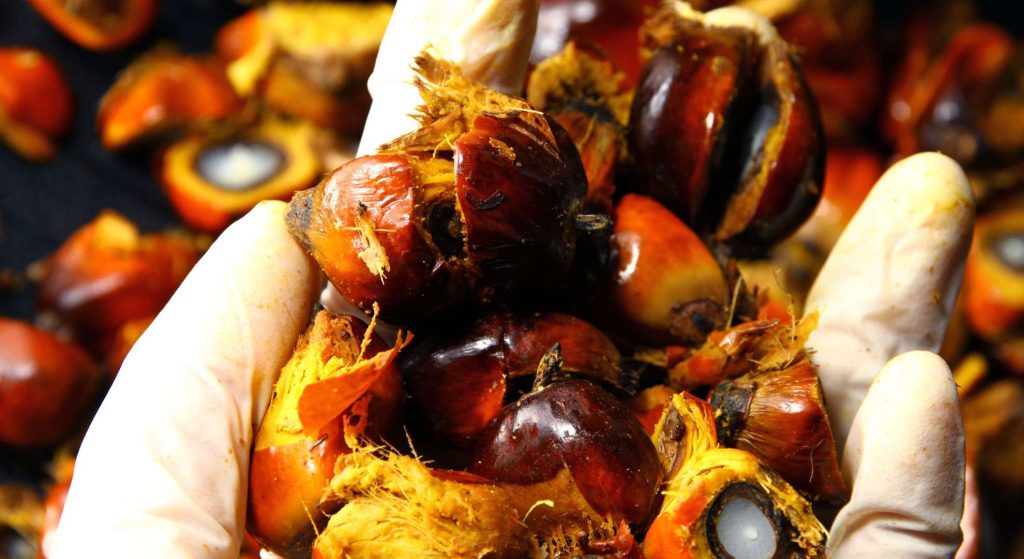Palm oil, a versatile and widely used vegetable oil, has become a staple in the global market due to its low cost and high yield. Extracted from the fruit of the oil palm tree (Elaeis guineensis), this oil is found in numerous products, ranging from food and cosmetics to biofuels. However, despite its economic benefits, palm oil production has been a subject of significant controversy, primarily due to its environmental and social impacts.
The Ubiquity of Palm Oil
Palm oil’s unique properties make it an attractive ingredient for many industries. It remains semi-solid at room temperature, has a high oxidative stability, and is relatively cheap to produce. These characteristics have led to its widespread use in a variety of products:
- Food Products: Palm oil is used in a multitude of food items, including margarine, baked goods, ice cream, and instant noodles. Its ability to extend shelf life and enhance texture makes it a favorite in the food industry.
- Cosmetics and Personal Care: Due to its moisturizing properties, palm oil is a common ingredient in soaps, shampoos, lotions, and other cosmetic products.
- Biofuels: Palm oil is increasingly used in the production of biodiesel, which is seen as a more environmentally friendly alternative to fossil fuels.
- Industrial Uses: It is also utilized in manufacturing lubricants, greases, and surfactants, highlighting its versatility beyond just food and personal care products.
The Environmental Cost
Despite its economic advantages, palm oil production has been linked to severe environmental degradation. The main environmental concerns include:
- Deforestation: Vast areas of tropical rainforests in countries like Indonesia and Malaysia have been cleared to make way for palm oil plantations. This deforestation leads to loss of biodiversity, threatening species such as orangutans, tigers, and rhinos.
- Climate Change: The destruction of rainforests for palm oil plantations releases significant amounts of carbon dioxide, contributing to global warming. Peatlands, which store large amounts of carbon, are often drained and burned for plantation development, further exacerbating carbon emissions.
- Water and Soil Pollution: The use of fertilizers and pesticides in palm oil cultivation can lead to pollution of water bodies and soil, affecting local ecosystems and communities.

